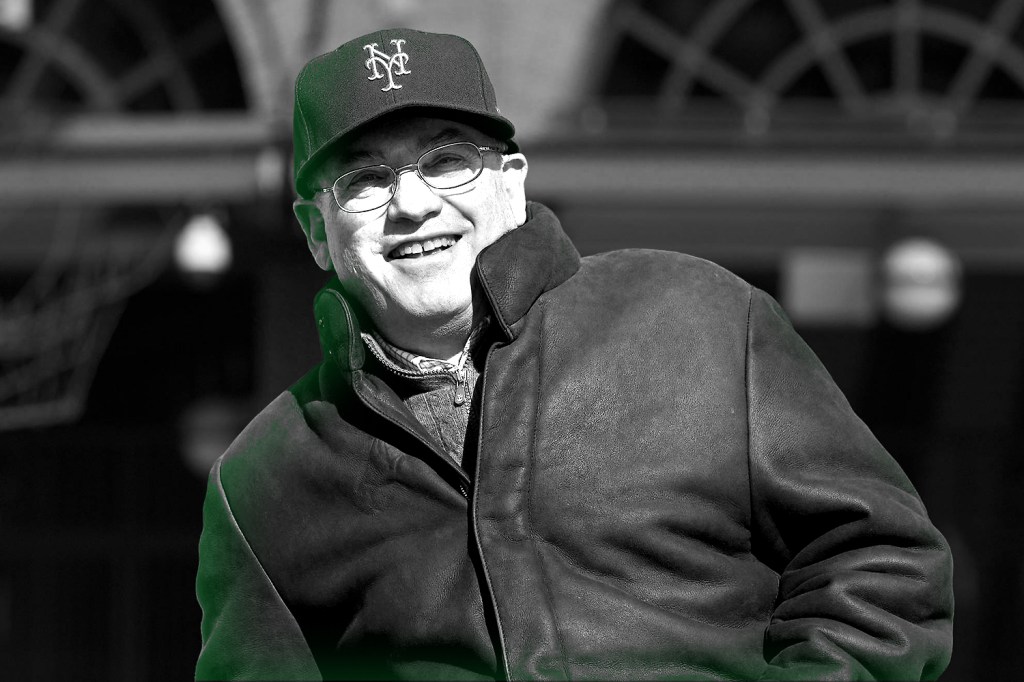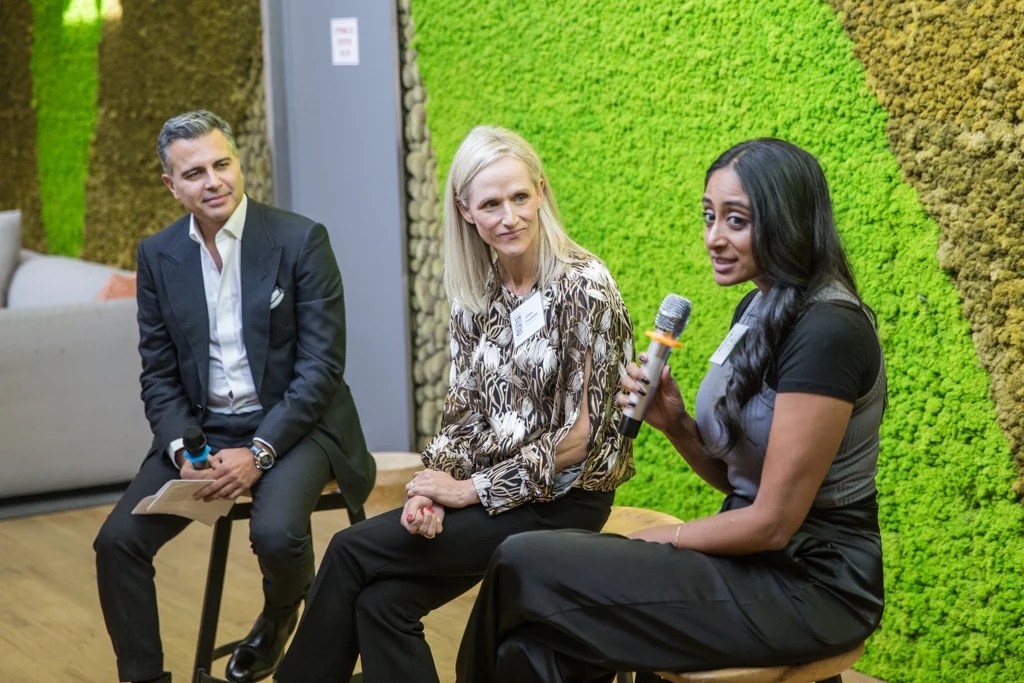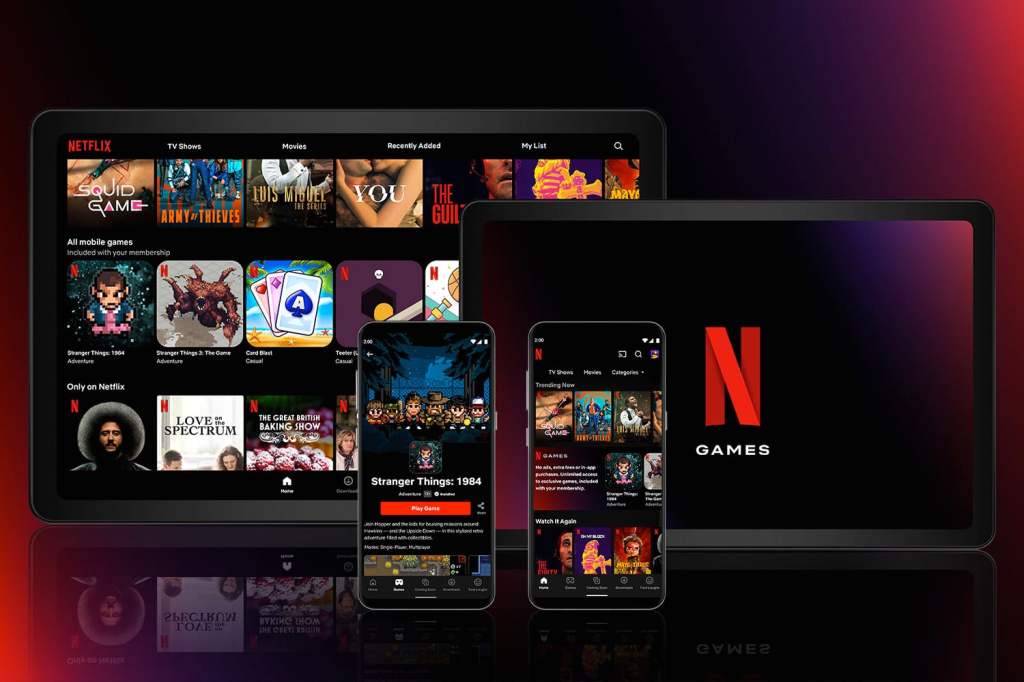On Saturday, San Francisco’s Chase Center stood witness to one of sports’ great spectacles.
The play was intense and dramatic. A sellout crowd roared and hung on every play. And at the end of the night, one team was crowned world champions.
In the Bay Area, a scene like that is usually reserved for the Golden State Warriors claiming another NBA title.
This time it was Cinderella-story DRX winning its first-ever title by upsetting three-time champion T1 in a thrilling five-game set at the 2022 League of Legends World Championships.
This is professional esports. And it’s not just the future — it’s already here.
Bar Chart – Text Labels
Bar Chart – Image Labels
Table Heading
| Game | Stadium | Year | Attendance |
|---|---|---|---|
| Bulls-Hawks | Georgia Dome | 1998 | 62,046 |
| Boston Celtics vs. Detroit Pistons | Pontiac Silverdome | 1998 | 61,983 |
| Pistons vs. Philadelphia 76ers | Pontiac Silverdome | 1987 | 52,745 |
| Denver Nuggets vs. Minnesota Timberwolves | Hubert H. Humphrey Metrodome | 1990 | 49,551 |
The 2021 Worlds Final saw an Average Minute Audience (AMA) of 30.6 million people. LCS — North America’s LoL esports affiliate — is reportedly the third-most watched league in the United States among 18-to-34-year-olds by AMA.
So while League of Legends esports isn’t mainstream (yet), it’s carved out a big niche in the sports world that’s only getting bigger.
MOBA Money
League of Legends esports stacks up well compared to the NFL or NBA — the two other players in the 18-34 demo.
“Call it whatever you want to call it, but what we provide is the highest level of play with the most skilled players around the world,” says Global Head of LoL Esports Naz Aletaha. “I think the viewership starts to speak for itself when you see how many people are watching and engaging.”
- LoL is part of a genre called multiplayer online battle arenas (MOBA) — which was essentially invented by a Warcraft III mod called Defense of the Ancients (DotA).
- Riot Games expanded the MOBA genre when it released League in 2009.
- Developer Valve followed suit with a formal MOBA in Dota 2 in 2013, and the two have been linked — and in competition — ever since.
Dota 2’s calling card as an esport has been its payouts: Its world championship — The International — had a prize pool of just over $40 million in 2021, with $18.2 million to the winning team.
By comparison, LoL Worlds offers only $2,225,000 split among every team that makes the tournament, with the first-place squad taking home $489,500.
Individual contract information is hard to come by, but Vindex co-founder and chief strategy officer Sundance DiGiovanni, who also co-founded Major League Gaming back in 2002, says that some of these players are making over $1 million per year in guaranteed contracts.
“You have some of the best-paid professional esports players on the planet inside of [LoL esports],” he says. “The players at that level are making their money elsewhere, and that prizing is just the cherry on top.”
What makes League of Legends the biggest thing in esports is that it’s actually bigger than esports — which is why players, teams, and sponsors want to be associated with it.
From the top-shelf skills of the players, to the immersive environment at live events and multi-pronged marketing strategies, LoL is gunning for a piece of the cultural zeitgeist.
Or as Aletaha puts it: “It starts to rival what you see in traditional sports.”
The Ecosystem
The executives at Riot Games aren’t too concerned about the decades-long headstart traditional sports had on them.
League of Legends’ ecosystem is its secret weapon.
“I often liken it to if you could combine the NBA with the Marvel Cinematic Universe,” Aletaha says. “That’s what we have. And that is so incredible and powerful.”
Riot has created an entire suite of offerings that build opportunities for the growth of video games, professional sports, and esports.
For one, LoL esports events are more like festivals than sporting events.
Gamers arrive at the arenas hours before the main event to watch gaming celebrities scrimmage, wait in lengthy lines for autographs from their favorite players, and get merchandise — both officially licensed memorabilia and free sponsor swag.
The match itself is a carnival of lights and sound, including a floor that dynamically changes based on the action. Intermissions between games feature fans in elaborate cosplays of their favorite champions.
And the crowd gets loud. Even the esports media in the press box goes wild at big plays.
“There’s passion and energy in the room that’s been there from the earliest days of League,” says Aletaha. “So for us it’s like, ‘How do we expand on that? How do we grow that? How do we continue to surprise and delight them?’”
One way is to create tangential products — both within and outside the free-to-play game’s intellectual property — that also serve to attract new fans to the LoL universe.
- Wild Rift — a mobile version of League — provides an easily accessible way for casual players to try the game.
- Arcane — an animated Netflix program — is based on LoL IP and is one of the streamer’s highest-rated shows.
- Popular music acts — such as Imagine Dragons, Zedd, and, this season, Lil Nas X — have created anthems for the World Championships.
“I think the focus has gone from ‘How do we get people to download and play League of Legends on the PC?’ to ‘How do we get people involved in the IP?’” says LoL Esports Global Head of Strategy Chris Greeley.
“There’s a lot of really good hooks for people, and the longer we can keep people around the ecosystem, the better off we are in the long term.”
It all leads to a very appealing media product that often goes beyond the scope of gaming — and it’s very attractive to the coveted youth demographic.
“Every day, esports fans are born,” Greeley says. “And we’re not losing a lot of folks on the other side.”
Effective Engagement
So how does Riot Games capitalize on its young audience that wants engagement for their money, not just entertainment?
“It’s the tried-and-true model of building up value and a global audience,” says DiGiovanni. “It’s about getting people into your ecosystem, getting that engagement factor up.”
One way to engage the audience is through drops — free in-game rewards for those who tune in to certain events, such as Worlds.
This is where the aspirational aspect of watching esports and ease of access to play work in Riot’s favor: Fans can stream pro matches, then immediately try out what they watched.
“Imagine if the NBA could connect directly to anyone who’s ever touched a basketball,” says Aletaha.
This sprawling activity generates in-game purchases — one of Riot’s revenue sources — but also crucial partnerships and sponsorships.
And without the benefit of traditional TV commercials, the company had to get creative.
- Several companies — such as Red Bull and State Farm — have prominent placements in streaming broadcast elements.
- The maps at professional competitions feature in-game ad placements from companies like Mastercard and Mercedes.
- Other companies provide critical infrastructure for the game itself, such as Cisco, which turned Riot’s patchwork of esports game servers into a singular network that makes the game run faster and smoother during pro matches.
Companies like Cisco also market directly to fans at these events: Cisco itself lets fans play LoL on the zero-ping server system — called The Realm — used for pro competition at Worlds 2022.
Much of that money ultimately goes to Riot Games owner Tencent — which reported $19.8 billion in Q2 2022 revenue.
Mainstream Doesn’t Matter
But while American-based League of Legends is still extraordinarily popular in the U.S., the esport is not what you would call mainstream — certainly not to the degree one would see in China and South Korea.
After all, esports matches don’t frequent sports highlight shows, dominate conversation at the water cooler, or have a strong presence on broadcast television.
That’s somewhat by design.
“I don’t know that there has ever been a compelling reason for us, at least in the United States, to be on broadcast television,” says Greeley, adding that Riot enjoyed its brief partnership with ESPN. “We have a digital-first audience. I think that’s where we intend to continue to play unless there is some seismic shift somewhere.”
- Esports fans also mostly stick to esports and are largely secluded — until they have a chance to party IRL.
- “It’s a reclusive fanbase, but we really show out for big events,” said one fan at the LCS Championship in Chicago, who claims he travels all over the country to watch esports live. “We’re very passionate.”
That passion is built up from the inherent complexity of League of Legends, which creates a diehard fanbase but can be alienating to novices.
“There’s a huge learning curve when you get into the game, and that’s what makes it hard for first-time viewers,” Greeley says. “But for the indoctrinated, the game becomes something that’s really easy to come back to.”
Ultimately, LoL esports are playing to those “indoctrinated” fans — because they’re the ones who are going to keep the sport relevant for a long time.
“Our mission as a company is to be the most player-focused game company in the world,” says Aletaha. “That’s not just a motto that we publish on our website and forget about. It’s truly woven through the DNA of the company. And esports is the manifestation of that.”






















